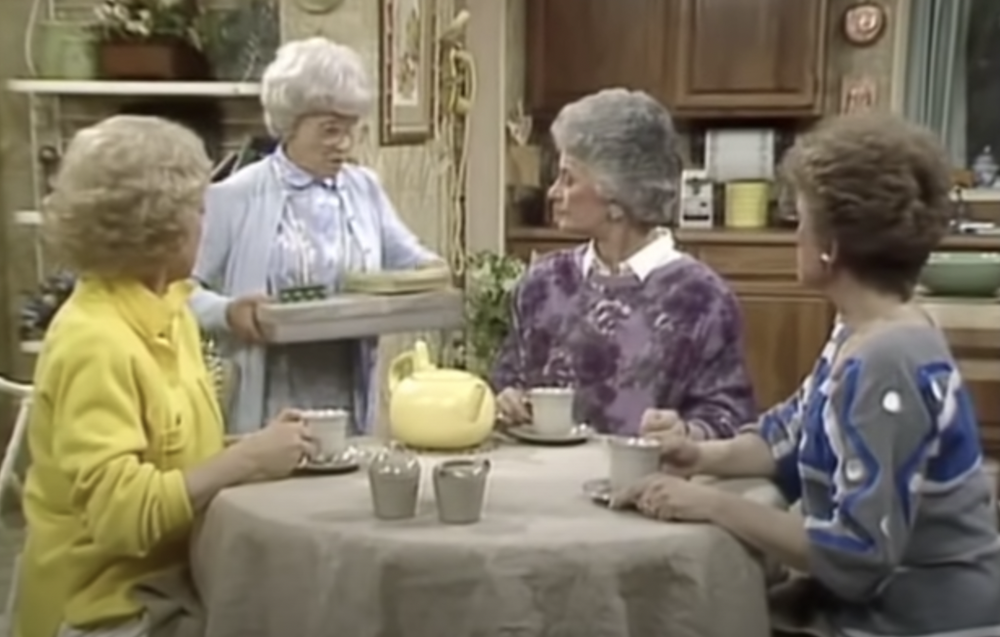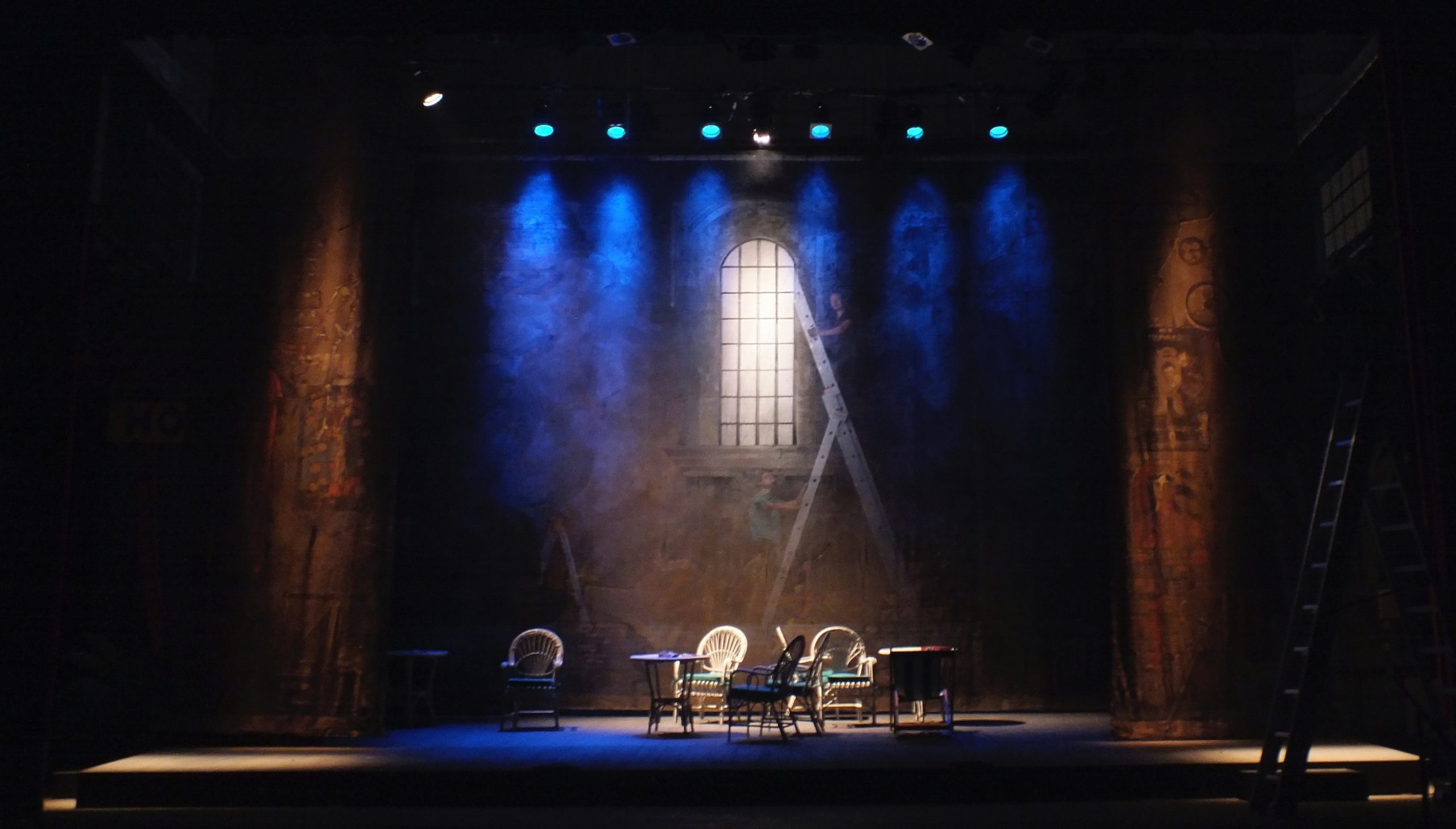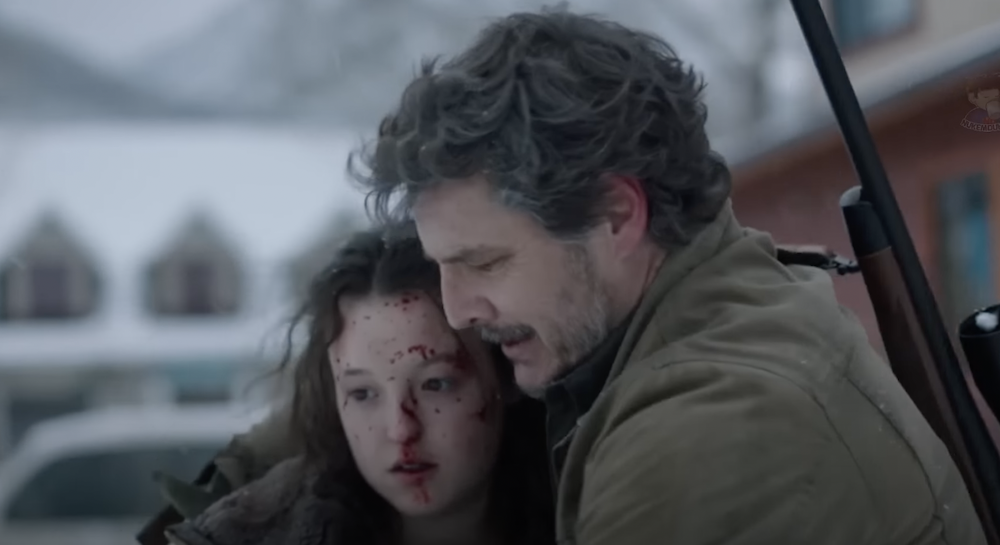interviews
Temim Fruchter on Writing a Queer Jewish Novel Based on Folklore
"City of Laughter" centers a young woman seeking answers about her family’s past after the death of her father

Temim Fruchter’s debut novel centers around a young woman, Shiva, seeking answers about her family’s past after the death of her father. Told in revolving perspectives, between women in Shiva’s family and a mysterious, omniscient narrator, the book explores the interior lives of women, mother-daughter relationships, and how much destiny plays into our lives.
After Shiva enrolls in a graduate degree in Jewish folklore, she uses her research to go to Ropshitz, a village in Poland where her family came from. There, she hopes to learn more about the generations of women before her and uncover secrets about who her mysterious and enigmatic grandmother really was. City of Laughter investigates the constellations of family and folklore, and pushes the boundary on the form of storytelling itself.
I spoke with Temim in person about all the elements of her sprawling multigenerational debut novel.
Olivia Cheng: So much of this novel is about mothers and daughters, Mira and Hannah and Shiva, and female desire. Where did this story originate from and were these always the themes you were interested in?
Temim Fruchter: I played in a band for a number of years, and we went on tour and we went to Warsaw, which I immediately fell in love with. I knew that my great grandmother was from this place called Ropshitz and that it was not too far from Warsaw. We had a van so we drove there. And I stood there and it was like the trope is you go to the place your ancestors are from and you’re supposed to feel something. And so on one hand, I really did. There’s no more town there in the same way there’s no more Jewish village there, but I definitely felt this very charged presence. Or am I just projecting that and making that up, and I’m just standing on some ground? And I was like, maybe it’s sort of both. Maybe it’s like if I insist there’s something here then there’s something here. And so I just started to really think about that. What does it mean to go back to a place that you’re sort of from? And what does it mean when what you find there is kind of inconclusive? So that was one thing.
The other thing is that my grandmother on my mother’s side was a very private, interesting, curious woman. I loved her, I was close with her, but I didn’t always know her very well. And there are these pictures of her from when she was young, and she looked just stunning. She looked like this starlet with these beautiful lips and a leopard-print shrug or something. It wasn’t until later in my life when I was out as queer and often presenting and expressing as a femme gender identity that I started to be like, wow, she kind of reminds me of myself. Or like this sort of aesthetic and way of moving through the world. This femme mischief that I aspire to. Which isn’t to say that I suddenly decided my grandmother is queer. That’s not the point at all. But what I started thinking about was even if she had been or even if any of my ancestors had been, it’s very likely I would never know. Because so many queer ancestries are kept secret and are erased, and we don’t necessarily know of them. And so I think that this book was my way into reaching back into that unknowability of my queer ancestry and my own Jewish ancestry and just experimenting and playing.
OC: Let’s talk about the messenger because they’re basically an omniscient POV. Can you tell me more about your choice to include them in certain critical sections, like when Shiva is about to go to Poland?
TF: When I started getting deeper into writing this book that was about Jewish folklore, I started to think of the novel itself as a folktale. Like a sort of massive, sprawling folktale. Often in a folktale, there’s a storyteller. There’s someone who carries the story and I already mentioned that I was thinking about this imaginary box of letters, so everything kept coming back to this idea of a courier, a messenger. Funnily enough, and I don’t know why, but I’ve had a lifelong fixation with the archangel Gabriel who is also known as the messenger. And also for no reason I can explain, I’ve always thought of the angel Gabriel as nonbinary. I don’t know why. This is why I’m a fiction writer, because maybe I’m making it up.
So I started to play with this idea of a nonbinary messenger whose role is to carry the story, but also kind of make some mischief, but also make meaningful interventions, and carry something from generation to generation that refuses to be tamped down. And so I began to include that character and realized that I want to tell this story almost as though there’s this omniscience that you don’t see, but periodically, I wanted to bring the messenger into view. And especially when I got interested in The Dybbuk and the writer of the play The Dybbuk, S Ansky, who also appears in the book. I didn’t even know that there was a character in that story called the messenger, who also signals that there is something otherworldly going on. It felt really fitting that this messenger character really signaled that even though a lot of what happens in this book is really grounded in “reality,” I wanted to signal the books’ insistence that there is something a little outside of the world we know, especially in a folktale and especially in this story.
OC: With this omniscient POV, there’s this ever-present sense of destiny. How much did your personal worldview about coincidences and destiny come into the major themes of this book?
TF: One way I’ve been thinking about coincidence in this book is that I wanted this story to be a space where if you think it might mean something, it probably means something. Where theorems of wonder get proven true. Where synchronicities are real. I remember reading an interview between Alexander Chee and Jordy Rosenberg, and it was about queer fiction. I remember Alexander Chee talking about coincidence and how sometimes things seem too wild to be true and that coincidence in fiction is often considered to be in poor taste. But queerness is also considered sometimes to be in poor taste. I don’t want to misrepresent it, but I remember reading this piece and thinking “This is it, exactly.” It’s sort of gauche to write things that work out just so perfectly and are synchronous.
But I love both a queer and a folkloric space where it’s not necessarily that everything is predetermined, but it’s that there are all of these opportunities to connect to a story that brings a lot of things together. And I think that’s what is so rich about so much of contemporary storytelling and folklore that things come together in these beautiful and surprising ways and that’s what’s so moving about so many of the books I love. It’s not like a gotcha, everything’s connected. But it’s like everything is pretty connected and so I wanted to lean into that feeling. And I believe that some things are messy and don’t align and don’t work out and aren’t meant to be and don’t happen for a reason. But I also believe that synchronicities are everywhere and echoes are everywhere and that for me at least, a worldview that encompasses queer possibility or the sort of Jewish mystic outlook I was raised with. Those things feel more possible to play with especially in fiction.
OC: How much do you think this sense of destiny is associated with Jewish folklore?
Generation from generation and we make babies and things go a certain way. I wanted this to be a certain overcorrection to that.
TF: A lot! The short answer is a lot. I think the thing about folklore is that like fairytales, things are flatter in a folktale. There are archetypes and journeys that end in certain places and things that you know happen from the start. But the story is so engaging that you’re thinking how is this going to happen or one of two things is going to happen: the bad thing or the good thing. But I grew up quite religious in an Orthodox Jewish household. I still consider myself a religious person. I think a lot of the magic in this book and from this worldview comes from that. Just the sense that there’s plenty out there that humans either can’t see or just kind of can’t fully see and there are bigger forces at work. In that sense, I think both the storytelling tradition of Jewish folklore and also the Torah, the sort of stories I grew up hearing, where a literal God would move things around and say, “This is what’s going to happen.” That’s not what’s happening in this book, but it gave me permission to be a little over-the-top with that stuff. I’m going to arrange things so that even though these characters are trying to run from something, they’re going to ultimately going to be drawn back to it. What happens when you have agency, but you’re still drawn to something so strongly? I wanted both of those things in there.
OC: The prologue read like a folktale.
TF: One of my favorite parts of the book. It was really fun to write in the messenger’s voice and write in this archaic, wise, slightly wily character who’s carrying cargo across time and space. It really was enjoyable to use a prologue and epilogue, which is archaic, or maybe not archaic, maybe older-fashioned elements of telling a story. I was playing with that tradition or not even playing with it, leaning into it. If this novel is a folktale, we need the storyteller to come on stage and introduce themselves and exit. We need the contemporary story to be held in the much broader, expansive frame of this generational story that’s being told. And if there’s a prologue, I have to have an epilogue.
OC: Given that there are so many different elements of this book, what did research for this look like? How did you get started?
TF: I am a really bad and disorganized researcher, so I will start by saying that. I always knew this book was going to be rooted in Jewish folklore, but S Ansky actually didn’t come up until much later as I was working with the character of Shiva. And she was so curious about where she came from and why she felt the way she did. And it was really kind of meta, because I knew about The Dybbuk and I even know a little about S Ansky’s ethnographic study, but most of what I knew was this thing I had been fixated on a long time, which was that he wrote all of these questions that were very leading and that he never got to actually administer the questionnaire, because of World War I. So all these questions just tell a story. They exist out there. I have the translated version of them and they’re just questions. And then I started reading more about him and he was this really interesting, restless, shapeshifting, political person. Some people even posited that he might have been queer. I got really excited by him, so I was like, I’m going to follow this guy and my character is going to follow this guy.
I think we will see more and more Jewish art that emphasizes diasporic community, solidarity with Palestine, and mutual aid.
Research-wise, it was in some ways not a deeply researched book, honestly. For example, the Jewish shtetl of Ropshitz, there’s really not very much that I can find about it. So a lot of the stories that I’m writing about Ropshitz while they’re rooted in some oral accounts I’ve read about and from people who lived there in translation, a lot of it is imaginary. I wanted to be very careful, because when you’re making things up about a place that your ancestors are from and that has been destroyed, you don’t want to be callous about that, but I also wanted to lean into this tradition of laughter that I felt came from there and bring it to life in my own imagination. That part comes less from research and more from just trying to sit with what I felt like I had learned about that place from stories and from just knowing my great grandmother for the time that I did.
Definitely did a good bit of research about Warsaw. I spent time in Warsaw, but not very much. A total of a month and a half there, so I did some research about being in Warsaw, you know, using Google Earth to walk the streets there and talk to people I know who lived there. And of course S Ansky was a big point of research for me. Other than that, I think part of why I call this book a speculative queer history of my family is a lot of these questions that I was asking couldn’t be answered by research. And the questions were more interested in what story I could tell from the bare facts that I knew and what leaps I could take from there.
OC: Who were you rebelling against?
TF: One of the fundamental parts of this book is that I wanted to play with the idea of queer determinism, or not quite determinism, but there is something that refuses to die. Squish it down or tamp it down, but this queer impulse keeps coming up generation after generation. And it’s not that I believe there should be some type of queer determinism, but we live in a world where there is heteronormative determinism of a kind. Generation from generation and we make babies and things go a certain way. I wanted this to be a certain overcorrection to that. Try as you may to escape it, we’re all queer.
OC: What are you excited for in Jewish and/or queer media?
TF: There’s so much already. It’s a golden era of queer television and queer storytelling and I’m extremely excited by that. Not to sound like a weird old person. It’s like we’ve seen the final invasion, but then we see something new and exciting. I’m moved by the growing movement of anti-Zionist Jews and I’m moved by Jewish art that is diasporic in nature. I think we will see more and more Jewish art that emphasizes diasporic community and solidarity with Palestine and just mutual aid.









